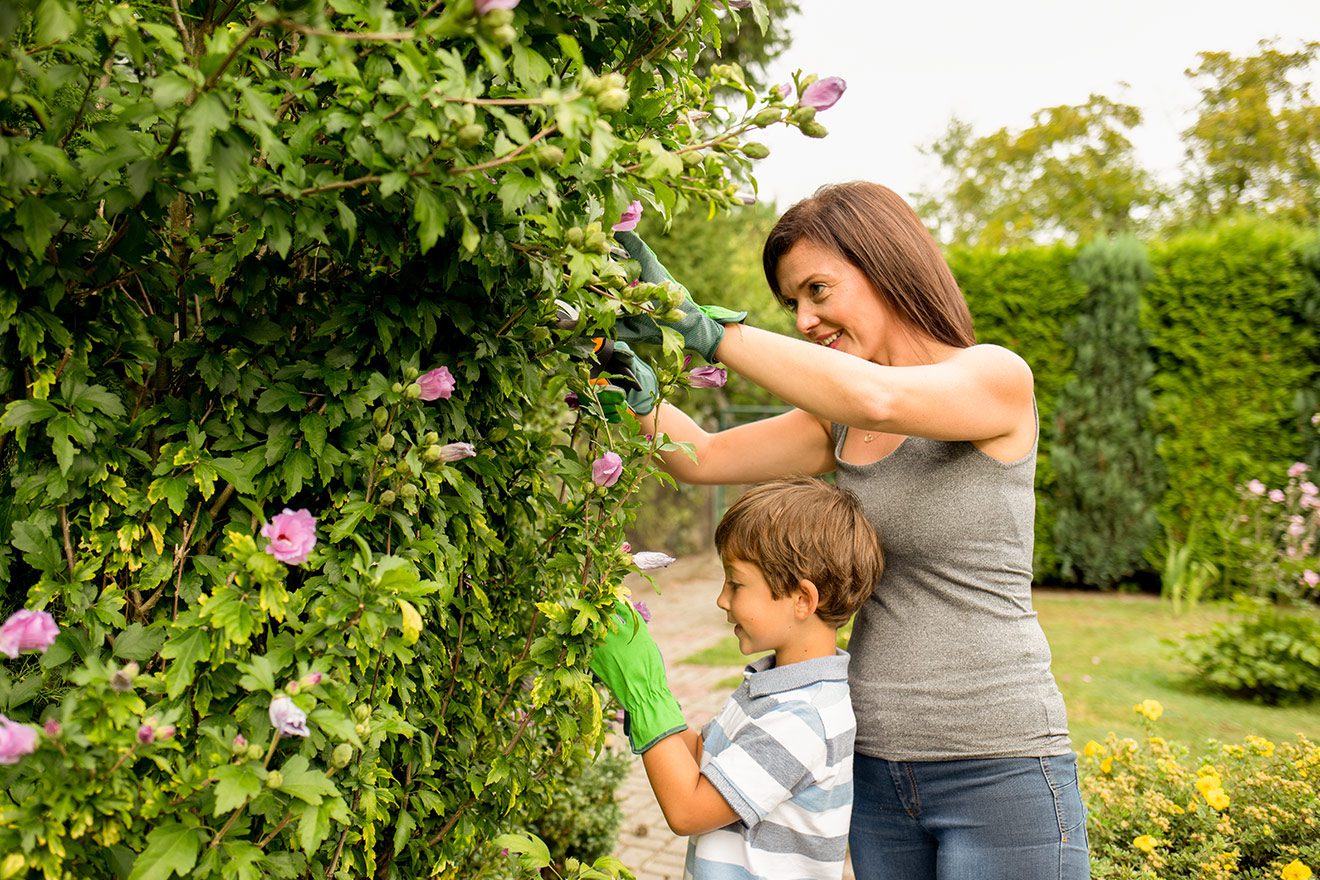If you’re one of the increasing number of Canadians who’ve taken the plunge and bought a home in the suburbs or outside the big city, you may find yourself the proud owner of a yard for the first time. Now what? Of course you have a picture in your head of a lush paradise filled with birds and butterflies or arms full of veggies you’ve just harvested steps from your back door—but how do you turn this bare space into that? With these 10 basic gardening tips every beginner should know, you’ll soon have everyone convinced that those thumbs were green right from birth.
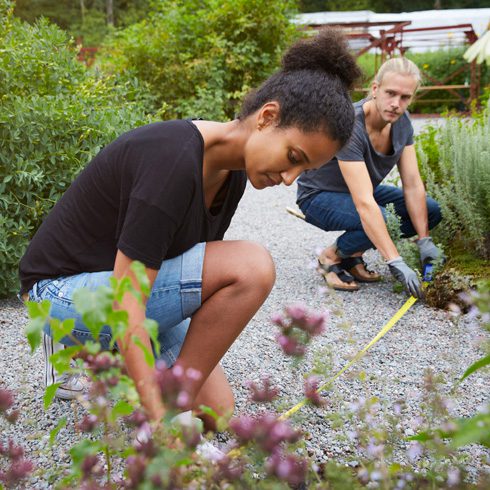
1. Get to Know the Lay of the Land
One of the most important gardening tips for beginners is to find out what you have to work with.
- See which spots are in the shade
- Find the sunny spots
- Determine which spots get sun in the morning but are in the shade in the afternoon,
- See which spots are hit by strong winds
- Find out how close each spot is to a water source
- etc.
This will help you decide what to plant and where.

2. Check the Soil
The type of soil you have is another determining factor in which plants will grow best in your garden.
- First check the texture: Some plants prefer loamy soils; others do better in sandy soils.
- Then check the pH, since some plants need more acidic soils than others.
- Finally, check for the presence of nutrients, especially nitrogen, phosphorus and potassium, to determine whether the soil needs fertilizer.
You can buy testing kits to determine the nutrient profile of the soil.
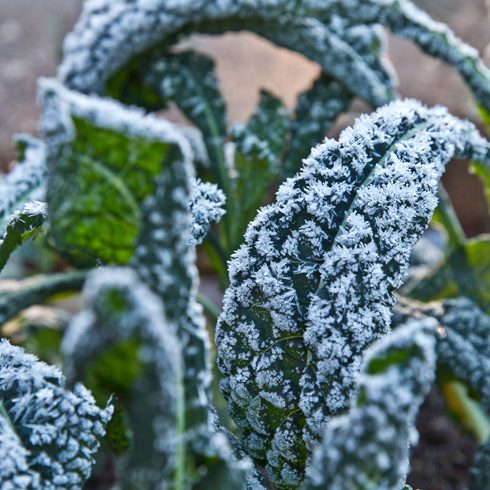
3. Find Out the Frost Dates
If you look up which garden veggies to start, you’ll often see references to a certain number of weeks after the last frost.
If you plant too early, frost may kill your young plants.
If you plant too late, frost may damage your harvest.
Frost dates aren’t the same throughout Canada, though, and neither are the periods between the last frost and the first frost of the new season: 275 days for Victoria, for instance, versus 75 days for Whitehorse. One of the best garden tips for spring planting is to find out the frost dates for your area.

4. Plan Your Garden
Before you hit the garden centre or Canada’s best online plant stores, you need to have an idea of what you’re going to grow. Do some research on which plants are best suited for the local climate, how much shade or sun they need, what you can plant as a windbreak, which plants need more water so you can plant them closer to the water source, companion plants and the like. Then draw a basic layout and create a plan for what to grow where.

5. Decide on Indoor Growing Spaces
In Canada’s climate, the only way to really have a garden all year round is to have indoor growing spaces too. You need to bring some plants indoors when winter sets in. You can also start some seedlings indoors so that they’re ready for spring planting. One of the basics of indoor gardening is to choose the right spot, with the right amount of sunlight, access to water and temperature control. You can even build your own greenhouse.

6. Hit the Garden Centre
While buying all your plants online is convenient, it’s a good idea to visit your local garden centre at least once in the early stages. This way, you can ask questions about what you need and how to use all those tools and gadgets and the staff can share basic gardening tips for beginners with you. They’re also more familiar with what works in your area and what doesn’t.
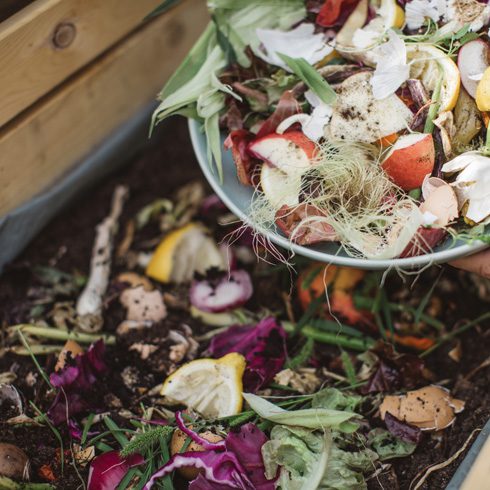
7. Make Your Own Compost
One of the gardening basics you’ll hear most often is the need for adding compost to the soil before you start planting. Compost not only adds essential nutrients like nitrogen to the soil but also improves the soil texture, helps retain moisture, adds beneficial microorganisms and reduces certain pests and diseases. Making your own compost is easy, requires very little effort, won’t cost you much and reduces waste. There are even some gross ingredients that are great for your compost bin!

8. Keep the Seed Packets
Seed packets normally come with lots of information that will help you take care of your plants, such as:
- how much sun they need
- how deep and how far apart to plant the seeds
- how often to water
- how soon the seeds will germinate
- whether the plant will grow again next year
As a beginner, you’re unlikely to be so familiar with every plant that you’ll remember all of the relevant information. So, keep the seed packets after you’ve planted the seeds and refer back to them when needed. An old-fashioned photo album is handy for this.

9. Learn to Spot What Your Plants Need
Gardening would be much easier if plants could talk. However, they do tell you what they need; you just need to learn to listen. Plants will show you when you’ve been watering them too much or not enough, when they need more light or when the light is too much, when they need more or less of certain nutrients, when they’re sick or have been infested with pests. The earlier you know what’s wrong with your plant, the more successfully you can correct the problem.
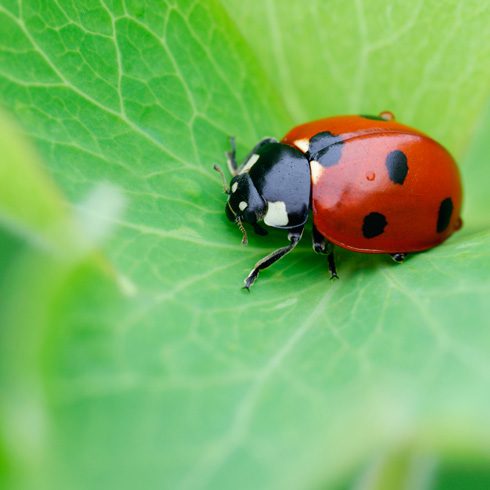
10. Don’t See Everything As a Pest
Not every critter out there is determined to ruin your garden. Some are harmless and some will even help keep your garden in top shape. For example:
- bees and butterflies are pollinators
- ladybugs eat aphids
- some birds, lizards, toads and frogs and small mammals like bats will eat harmful caterpillars, bugs and snails.
Learn which critters are your garden’s friends and then make them feel welcome, for instance by planting bee-friendly flowers.
Looking for more information? Contact Yvonne Huh to get expert insights about all things real estate. Call or email today to get started.
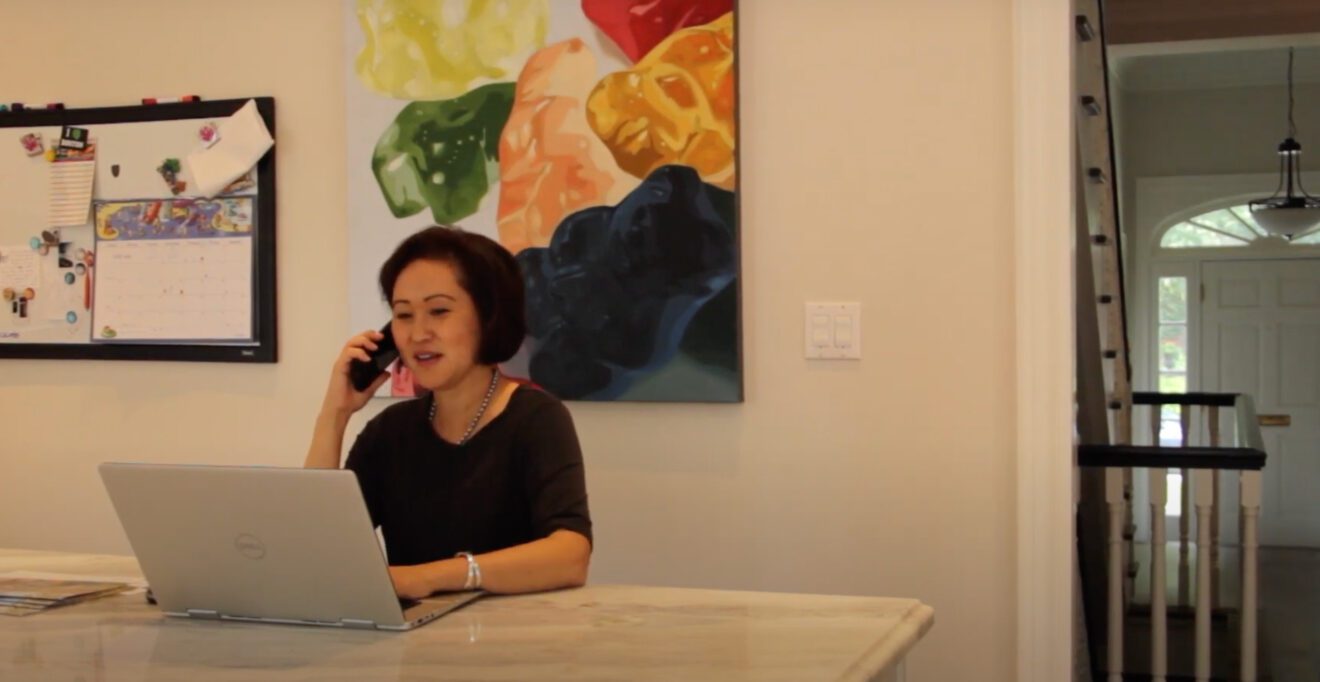
Meet Yvonne
Yvonne has two decades of Toronto market knowledge used to support your real estate venture. Discover her personalized approach.



